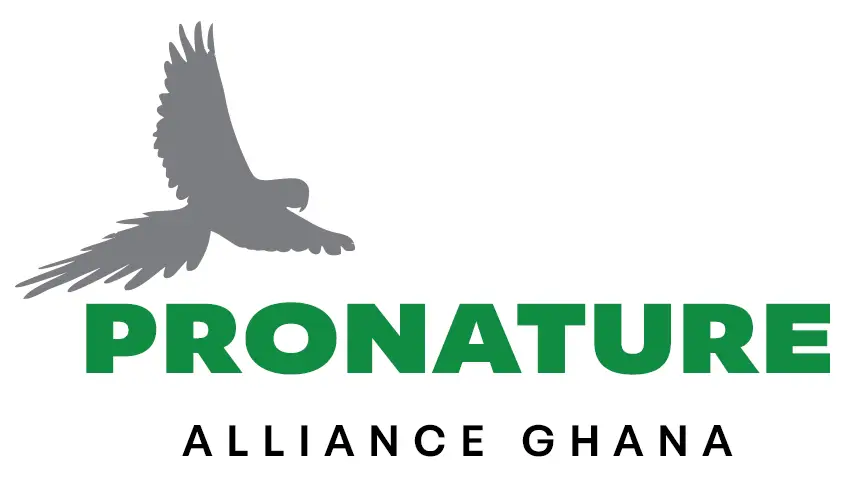Marine and Coastal Ecosystem Conservation
Protecting Ghana’s Marine Mammals: A Community-Led Response Through Research and Awareness Interventions
Ghana’s coastline is home to a diversity of marine mammals, including several dolphin species that play vital roles in maintaining healthy ocean ecosystems. However, in recent years, worrying trends have emerged. With declining fish stocks, dolphins are increasingly being caught, often deliberately, by artisanal fisheries.
The Situation
Local knowledge suggests that drift gillnet fishing, which is most common from March to September, has particularly high impacts on marine mammals. Previous surveys conducted by our team members have shown that landings are concentrated in a few hotspots, particularly Dixcove (40%) and Shama (26%). These areas now represent critical priority zones for conservation. Despite the existence of strong protective legislation, such as Ghana’s Fisheries Act (2002) and Wild Animal Preservation Act (1961), which prohibit hunting, capture, or trade of marine mammals, enforcement has been limited. Without urgent intervention, these species face increased pressure and may be locally Endangered.
Our Approach
The current assessment and conservation efforts focus on Dixcove (04°48’N, 01°57’W), a well-known hotspot for marine mammal landings in coastal southwest Ghana. Monitoring is conducted in close collaboration with officers of the Fisheries Commission of Ghana based at the site, guided by our technical staff and local community volunteers.
Our research and interventions involve:
- Documenting and recording marine mammal species incidentally caught and brought ashore by fisheries as bycatch
- Conducting socio-economic surveys to understand community perceptions, livelihoods, and cultural attitudes toward dolphins and other marine mammals.
- Conservation awareness and education on the status and plight of marine mammals.
Community participation is central. Volunteers and fishers contribute invaluable local knowledge that strengthens both data quality and conservation outreach.
What We Found
The first phase of monitoring at Dixcove reveals that two dolphin species dominate the landings:
- Long-snouted spinner dolphins (45%)
- Short-snouted spinner dolphins (24%)
Socio-economic surveys highlight that fishing remains the primary livelihood, largely dominated by experienced male fishers. Attitudes toward marine mammals are mixed: while some communities regard them with reverence, others see them as a source of meat or income. Economic hardship, limited awareness of conservation laws, and declining fish stocks are major drivers of this exploitation.
Looking Forward
The monitoring, as well as awareness and conservation education work at Dixcove, is a critical first step toward addressing threats to Ghana’s marine mammals. By combining robust data collection with community engagement, this initiative aims to build awareness, foster local stewardship, and support stronger enforcement of conservation laws.
Moving forward, expanding the program to other high-risk sites like Shama, eastern coastal Ghana, will be vital for scaling up conservation action. With the dedication of community volunteers, Fisheries Commission officers, and our support, this initiative is laying the groundwork for long-term marine mammal conservation in Ghana.
